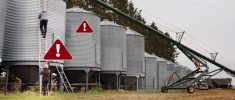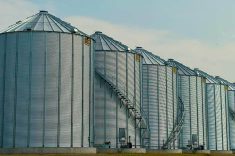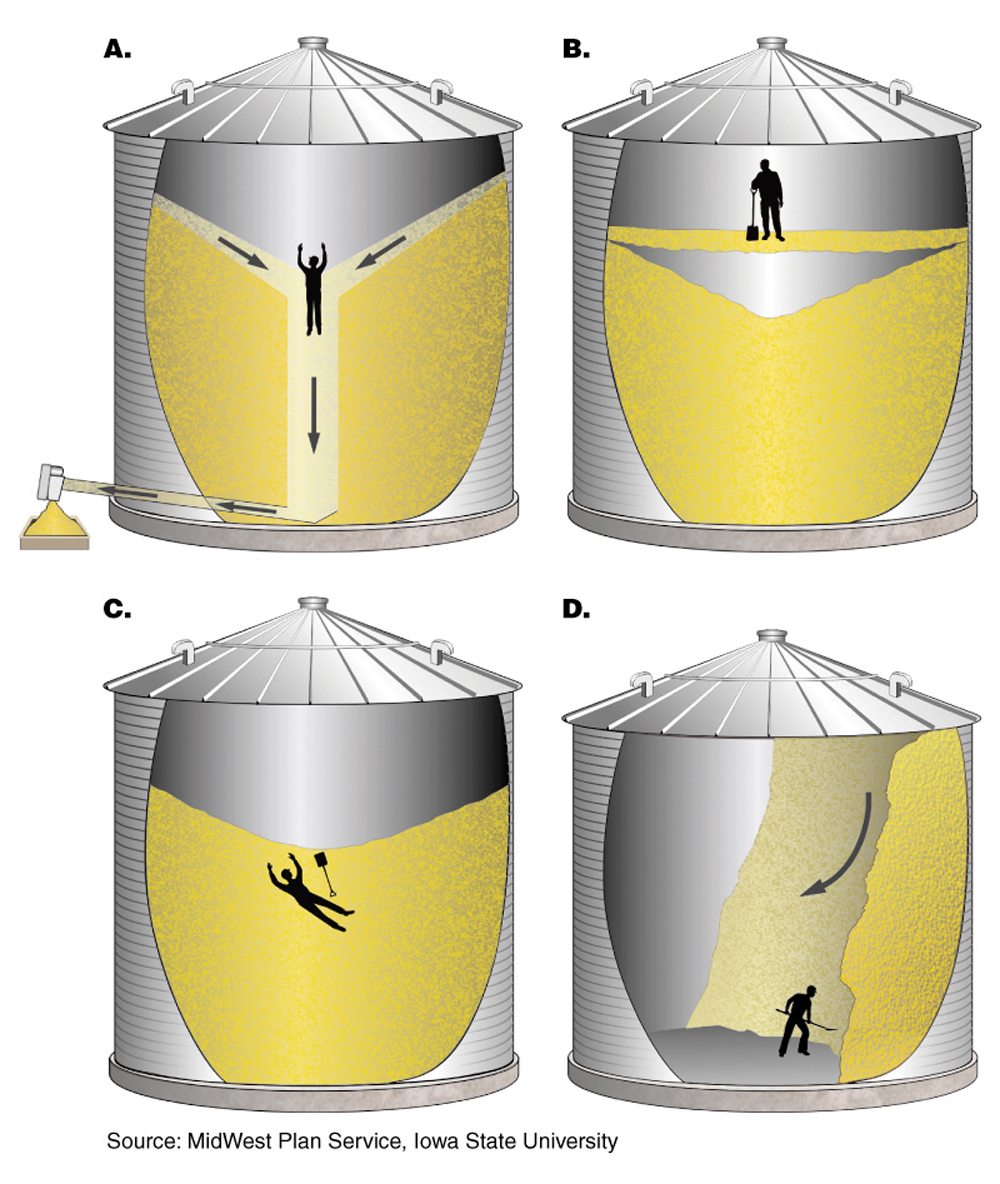Washouts, culverts and soft spots can create risky situations
Farmers and ranchers should exercise caution when haying in ditches.
Among the risks this year is excess water, says Angie Johnson, North Dakota State University Extension farm and ranch safety coordinator.
“Precipitation has greatly improved the 2022 hay crop, but in some areas excessive moisture has been a challenge,” Johnson said. “The increase in surface and subsoil moisture means producers who cut, rake and bale road ditch hay have to watch out for water in the ditches that could lead to dangerous washouts, exposed culverts and soft spots.”
Read Also

Still hard to predict precise fertilizer payback
Despite decades of advances, international research finds no clear answer for where and when adding nutrient will fail to boost growth.
She recommends that farmers and ranchers inspect road ditches before they start haying and take the following actions:
- Mark out culverts that might be difficult to see while cutting.
- Plan for road signs, mailboxes, power poles and unusual obstructions, such as stakes, wire flags or other markers.
- Check for standing water and steep embankments. Overland flooding and erosion this spring caused many roadsides to become steep, washed out and eroded, creating potentially hazardous conditions.
- Walk through ditches to pick up litter, tires or other odd items that could cause equipment damage and add garbage to the hay.
- Haying ditches has unique safety concerns due to variable surfaces. Unsafe practices or conditions can damage equipment or cause injuries or even death.
“Your first line of defence while haying ditches needs to be the use of a tractor that has a fully enclosed cab or rollover protection system (ROPS) bar,” Johnson said. “In an open cab tractor, a ROPS bar in combination with a seat belt can protect you from being thrown and becoming pinned underneath tractor tires in the event the tractor tips or rolls due to the steep conditions of a ditch.”
Other important safety practices:
- Use dual rear wheels on the tractor to add balance and stability.
- Use the right sized baler for the size and power of the tractor. Most round balers have a high centre of gravity, increasing the chance of tipping, especially if one of the baler’s tires drops into an unseen hole or culvert.
- Grease the baler’s bearings and lubricate chains.
- Check for belt tears, missing pickup teeth and bands, discolouration of paint near the roller bearings (a sign of heat damage that could mean a bearing needs to be replaced), wrapped up twine or netwrap in rollers, and any maintenance steps the baler’s operator manual provides.
- For square baling, keep an eye on the baler’s knotters and never attempt to work on the baler while the power takeoff is engaged or when the flywheel is still in motion.
- Ensure all safety shields are in place, the PTO is disengaged (with tractor off) and safety locks are applied when performing maintenance and repairs.
During haying, keep the following safety concerns in mind:
- Be visible. When are ready to start haying, make sure you are using hazard lights and turn signals to let motorists know where you are going.
- Have a slow-moving vehicle sign on the tractor and baler that is visible to motorists.
- If you have to weave onto the road to avoid hitting road signs or mailboxes while haying ditches, stop and watch for traffic.
- When picking up small square bales from the road shoulder to be loaded and stacked onto a trailer, wear safety clothing so you are visible to motorists and trailer drivers.
- Use an air compressor to blow dry matter off the baler after every 50 to 75 round bales to reduce the risk of fire.
- Check the operator’s manual to determine how often to grease and lubricate the baler for routine maintenance.
- Have a working fire extinguisher and a cellphone in case you need to call for help.
- Stay hydrated.
- Let someone know where you are and how long you plan to be haying.
- “Ditch hay is expensive enough as it is due to the amount of equipment, labour, time and hazardous conditions that are present with each ditch,” Johnson said.
- “Take time to plan and evaluate the risks versus benefits of baling ditch hay. The bales produced from it are not worth losing a life. Safety precautions can help prevent a tragic incident from occurring while making hay this summer.”















